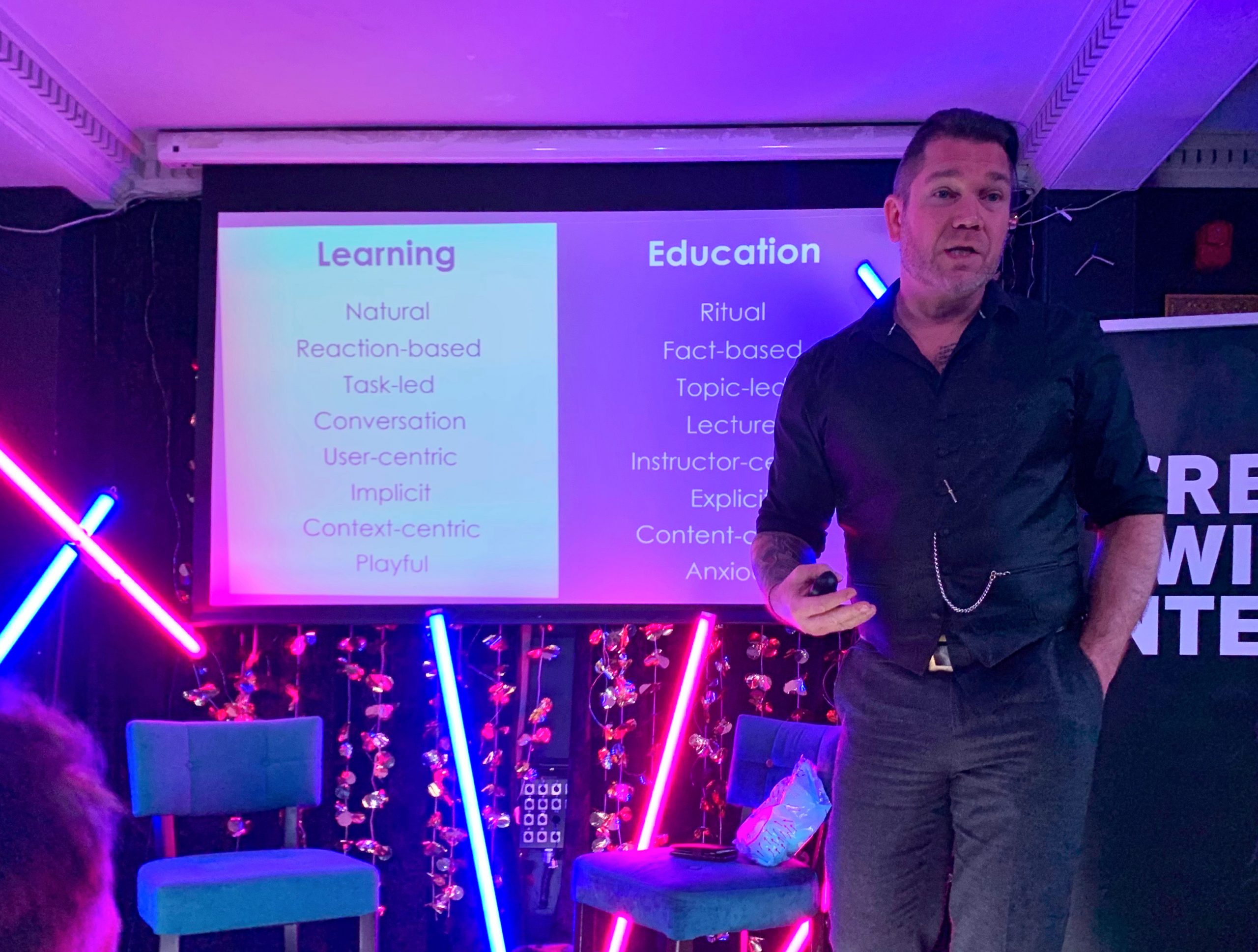Category: Change
-
Everything you know about learning is wrong…and what might that mean?
Nick Shackleton-Jones is an entertaining and occasionally puckish speaker, and kept the Brighton audience for last night’s Tilt Talk on their toes with jokes, challenging questions, short activities and giant marshmallow-throwing. And that wasn’t just playfulness, but illustrating one of Nick’s key points about how people learn: that we are much more likely to remember…
Written by
-
Every thing we do…
Two quotes from tweets have really got me thinking this week, and reminded me of a quote from Karen McGrane that is never far from my thoughts. The first was this from Simon Rohrbach’s talk to the Leading Design conference about joining, building and leaving a company. Having confidence in the business makes everything else…
Written by
